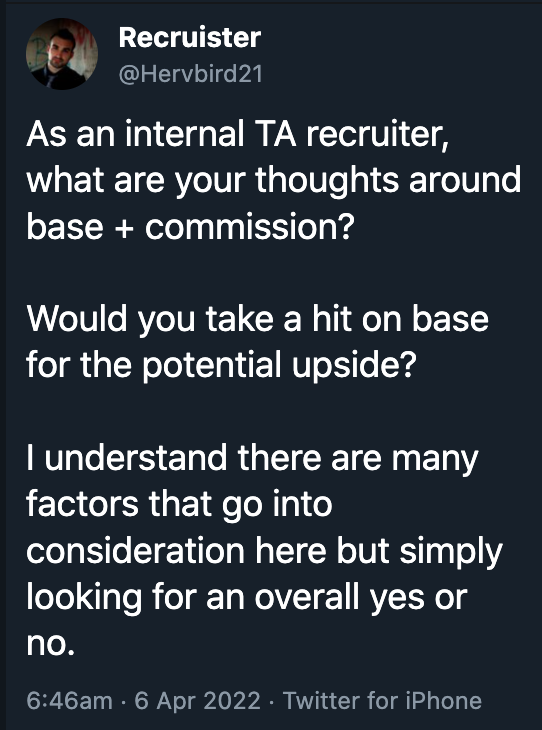I’ve been flying a ton lately and have had to experience quite a few airlines. I usually only fly Delta when given a chance. Honestly, I’ve flown all the others, and I find them to be superior in the things that matter to me. Delta gets me to where I’m going when they say they do. The Delta flights I’m on also seem safe and clean. The Delta employees I’ve run into actually come across as professional and friendly.
At the end of the day, most air travel has basically become akin to taking a ride on a Greyhound bus. I say this knowing most people have never ridden on a Greyhound bus. A real trip from one city to the next where you had to go to the bus station to catch the bus. It’s not glamorous. It’s slow and tedious. I once took a Greyhound bus trip from Grand Rapids, MI, to Omaha, NE, to see the girl I love. I believe that specific bus is still en route to Omaha. I started that trip over thirty years ago!
The one thing you notice when you fly a lot, which seems rather out of place, is the pitch to buy the airline credit card. What I’ve witnessed recently is the pressure on getting an airline credit card is directly correlated to the level of the airline you are own. Let me give you some examples:
- Delta: They make a brief announcement over the intercom of some great offer of free flier miles if you go to some website and get the credit card. That’s it. One mention takes less than a minute. (For transparency’s sake: I have a Delta Skymiles credit card, but they got me via email, not flight announcement).
- American Airlines and United: They also make the credit card announcement, but they also have their flight attendants walk up and down with actual applications for the credit card. Like, here you go, fill this out right now. It’s almost as if the flight attendants themselves are getting some sort of kickback. Or they should be!
- Southwest: Much longer pitch, as is the Southwest way. They give way too much freedom to flight attendants and the intercom! I have to believe that standup comics actually get jobs at Southwest as flight attendants simply because it offers them a captured audience for their sh*tty jokes. You know, it’s some flight attendant up there telling a story about how their grandma got the card and came to see them for the holidays. I can’t remember if they also have the brochures/credit card applications that they hand out, but I’m guessing they do. There’s no way they don’t.
- Spirit/Frontier: Okay, let’s be honest. I don’t fly these airlines. I would take the Greyhound bus before subjecting myself to this Carnival of the airways. But I can imagine what these pitches must be like, given all of the other cheap policies they have in place. Something like, “Yo! If we don’t get ten of you to sign up for this card, this plane isn’t leaving the gate!” They get their ten and then go, “Okay, only five more before we can take off from the tarmac!”
- Korean Air: Nope. None of it. They just took care of me and made my flight the most pleasant experience ever.
Why do airlines shove their credit cards down our throats after we pay an exceptionally high amount for a ticket? Because it makes them a ton of money! It’s pretty simple economics. We have a captured audience. We are going to assume at least part of the audience are fans because they chose to fly with us. Of course, they want our credit card!
It’s actually somewhat surprising they aren’t pitching more things for us to buy. A new Away suitcase with a special Delta Airlines luggage tag that acts as a tracker as well! (I love my Away bag!) Some arrival limo service that’s easier than Uber and picks you up directly at your gate. Girl Scout cookies. I mean, who wouldn’t kill an entire box of Thin Mints on a flight from Detroit to Dallas? How much for the Girl Scout cookies? $20! Sold! Airport money is different than any other kind of money.
It’s all lazy marketing. We have a captured audience who paid for one thing. Why don’t we jam something else down their throats and see if we can make the flight experience even more miserable? The best is when your flight is delayed, and you hear the pitch. “Hey, why don’t you sell fewer credit cards and just get me to my destination on time!?”
I feel for the flight attendants forced to do this as part of their job. I hope they are getting kickbacks for each one they land. They should!
So, that’s my rant. Airline credit card applications in the air. Stop it. Be better.
Also, if you click here and use the code #SackettMiles you can get 90,000 Delta Skymiles!

